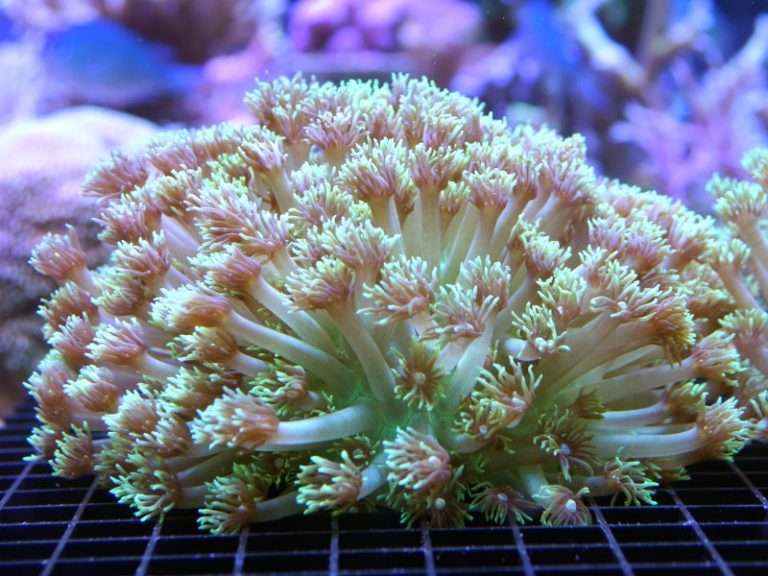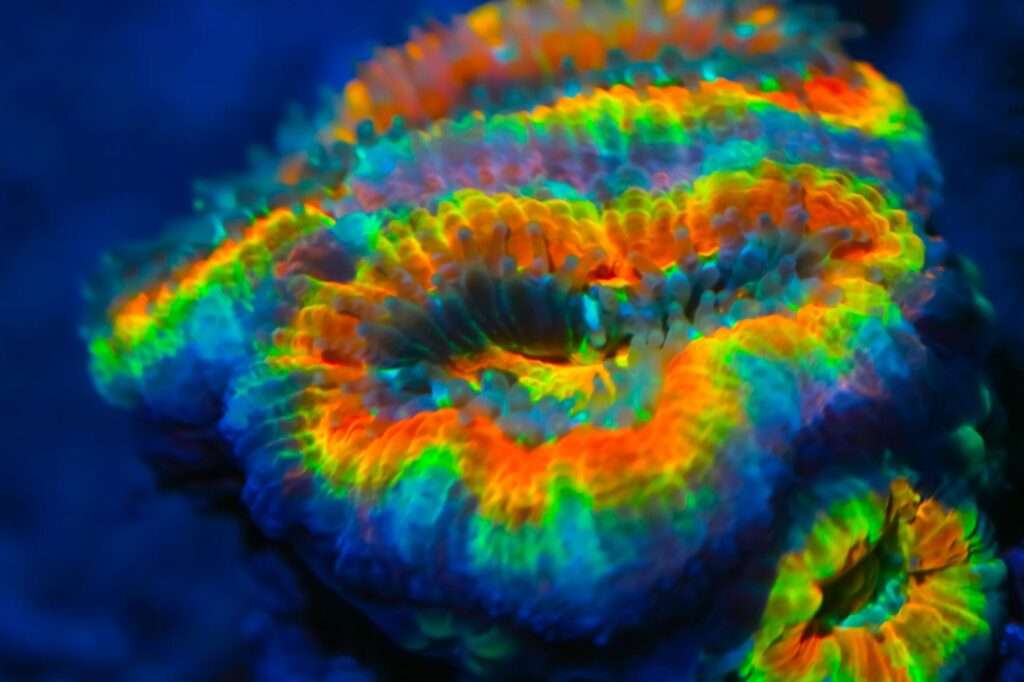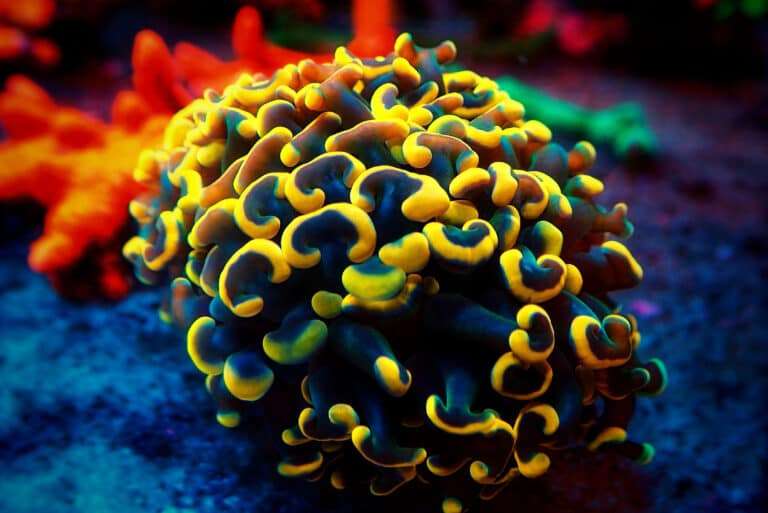
The Flowerpot Coral, Goniopora stokesi has a striking look that is both appealing and distinctive. They might grow in short, thick columns or are hemispherical. 24 polyps of various sizes form a fringe around the centre, or mouth, of their stalks. They resemble a group of potted flowers very much. Their sophisticated neurological system is an interesting fact. These corals send impulses to the rest of the coral if you touch one side, and the remainder of the coral will pull in its tentacles! The only Goniopora species that is currently free-living and not linked to the reef is G. stokesi. They are located in calm seas on soft soils.
Habitat
De Blainville first described the Goniopora genus in 1830. Edwards and Haime published a description of the Flowerpot Coral Goniopora stokesi in 1851. The Goniopora genus is found in tropical seas of the Indian Ocean, the majority of the Pacific Ocean, the Red Sea, and Australia’s East, West, and North Coasts. From eastern Africa through the Philippines, Indonesia, and Australia, G. stokesi can be found.
Morphology
The Goniopora corals are extremely challenging to maintain. Due to this coral’s poor performance in captivity, efforts are being made to determine the ideal “combination” of light, current, supplements, and feeding requirements. Although it is very hard to pinpoint exactly where your Goniopora came from, knowing that information will help identify the demands of that particular species. Beginner aquarium keepers shouldn’t use this kind of coral.
In Captivity

- Feeding
Goniopora corals have evolved a variety of feeding techniques. Many of its nutrients are obtained through a symbiotic interaction with a sea algae called zooxanthellae. They can also take in dissolved organic substances and planktonic creatures as well as food particles from the water column. Although zooplancton is acceptable, it is not their primary source of nutrition in the wild. It appears that phytoplankton makes up half of their diet.
- Social Interactions and Compatibility
A mixed reef garden shouldn’t contain goniopora corals. They are antagonistic, so they will sting nearby corals. Multiple Goniopora species shouldn’t be kept together since each species excretes a bioactive chemical that is toxic to the other Goniopora species. Clown fish may be consumed by goniopora, depending on the specimen. Or, on the other hand, they might finally vanish and die since a clown fish is so uncomfortable all the time.
Table





